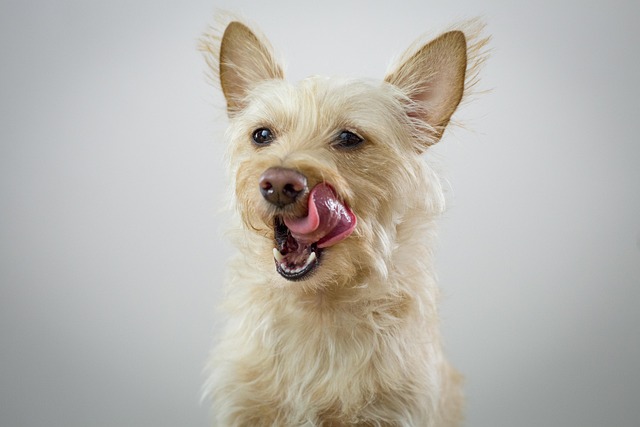
What is glaucoma in a dog?
You might notice your dog squinting more at mealtime or avoiding bright sunlight—these small changes could be early signs of a serious eye condition.
Noticing your pup scratching more than usual during your morning walk? That’s not just a quirky habit—for new dog owners, it might be the first sign of a skin infection. Whether you’re in a bustling city apartment or a suburban home, dogs can develop irritated skin from everything from grass pollen to damp bedding. It’s easy to brush off as “just dry skin,” but knowing the difference can keep small issues from turning into big problems.
Skin infections happen when your dog’s natural protective barrier gets compromised. Think of it like a shield: when it’s broken—by allergies, a cut, or even too much moisture—bacteria or fungi move in. In apartments, where carpets trap dust or AC units dry the air, this barrier can weaken faster. A friend in Chicago once thought her Lab’s flaky skin was from winter heat, but it turned out to be a fungal infection from a damp dog bed left by the window.
 So, what should you look for? Start with redness—check between their toes or under their armpits, places they can’t scratch easily. If you see small bumps or scabs, that’s a clue. Then there’s the smell: a yeasty or musty odor, not just their usual “doggy” scent. Hair loss in patches, especially around the tail or ears, is another sign. My neighbor’s Beagle started losing fur near his collar, and it turned out to be a bacterial infection from a too-tight harness—easy to fix once they switched to a softer one.
So, what should you look for? Start with redness—check between their toes or under their armpits, places they can’t scratch easily. If you see small bumps or scabs, that’s a clue. Then there’s the smell: a yeasty or musty odor, not just their usual “doggy” scent. Hair loss in patches, especially around the tail or ears, is another sign. My neighbor’s Beagle started losing fur near his collar, and it turned out to be a bacterial infection from a too-tight harness—easy to fix once they switched to a softer one.
If you spot these signs, skip the home remedies and head to the vet. Most states require regular vet check-ups, and keeping records of skin issues (along with vaccines) keeps you compliant. Remember, scolding your dog for scratching furniture won’t help—try redirecting with a toy instead. Positive reinforcement works better, and it’s kinder too.
Preventing infections ties into daily habits. After walks, wipe their paws to remove pollen or dirt—good for them, and polite to neighbors who don’t want allergens tracked in. In shared spaces, always clean up after your dog; leftover waste can attract pests that carry skin irritants. In apartments, wash their bed weekly and vacuum often—dry, clean environments are their best defense.
With a little observation, you’ll learn your dog’s “normal” and catch issues early. Whether it’s adjusting their bed location or tweaking their walk route to avoid tall grass, small changes keep their skin healthy. And that means more happy, itch-free playtime—for both of you.

You might notice your dog squinting more at mealtime or avoiding bright sunlight—these small changes could be early signs of a serious eye condition.

Let’s set the scene: It’s a sweltering Phoenix afternoon—105°F outside—and you rushed your 2-year-old Lab mix, Cooper, on a quick walk to “get it over with.”

Let’s get real: You’re in your Miami apartment, watching your 3-year-old Corgi, Loki, struggle to climb the stairs to your second-floor unit.

Many dog owners brush off occasional scratching as just “dog behavior,” but persistent itching often signals something more—like a food allergy.

You might first notice your dog scratching more than usual—chewing at their paws until the fur looks thin, or rubbing their face against the couch nonstop.

Let’s be real: You’re standing in your Chicago apartment, watching your 3-year-old Beagle, Max, huff and puff just to climb onto the couch.